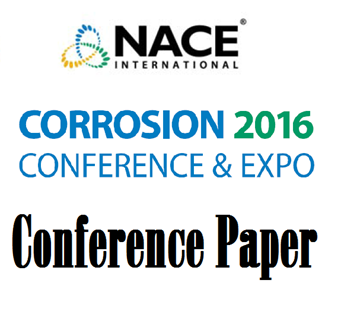Search
Acidification of the Electrolyte in the Carbon Steel/ Aluminum Alloys Galvanic Couple: Modeling and Experimental Study
Also Purchased
51316-7058-Galvanic Series in Seawater as a Function of Temperature Oxygen Content and Chlorination
Product Number:
51316-7058-SG
ISBN:
7058 2016 CP
Publication Date:
2016
$20.00
09274 Galvanic Corrosion Inhibition: Validation of Simple Laboratory Testing
Product Number:
51300-09274-SG
ISBN:
09274 2009 CP
Publication Date:
2009
$20.00
08271 Effects of Oxygen, Temperature and Salinity on Carbon Steel Corrosion in Aqueous Solutions; Model Predictions versus Laboratory Results
Product Number:
51300-08271-SG
ISBN:
08271 2008 CP
Publication Date:
2008
$20.00




